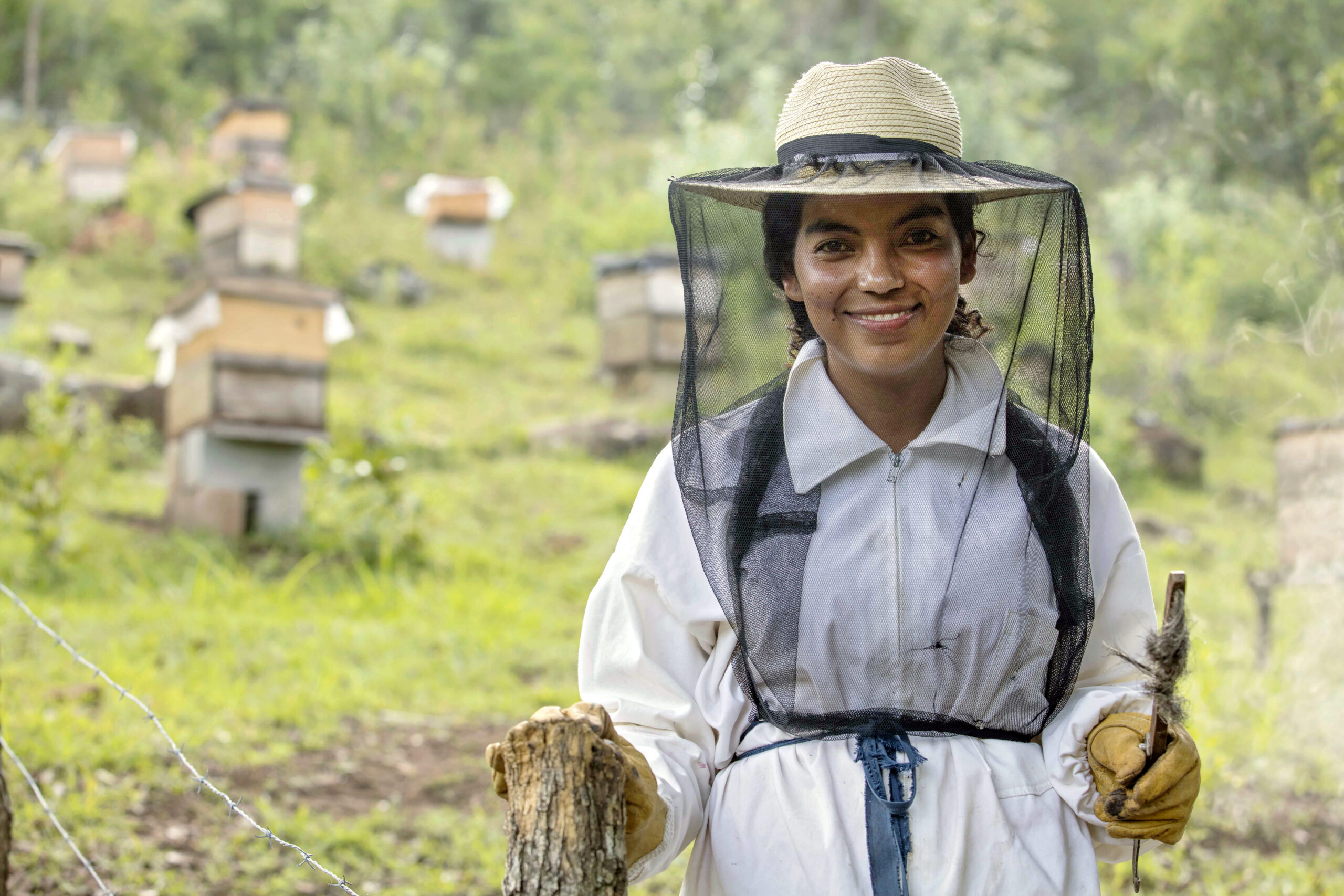
The United Nations Permanent Forum on Indigenous Issues estimates that there are more than 370 million indigenous peoples around the world. Complementing this data, indigenous women’s organizations estimate that approximately 50 percent—roughly 185 million of the total indigenous population are women. The World Report on Disabilities estimates that 15 percent of the world’s population has a disability, on average. If this percentage is applied to the estimated 185 million indigenous women worldwide, it would be reasonable to place the number of indigenous women with disabilities at 28 million.
This fact sheet provides an overview of the challenges faced by the estimated 28 million indigenous women with disabilities around the world, highlighting how intersecting personal and situational circumstances compound existing discrimination that they face.
Resulting from a partnership between UN Women, the International Disability Alliance, and the Indigenous Peoples with Disabilities Global Network, the fact sheet offers a deeper understanding of the major challenges faced by this population group. Some of these include difficulties in accessing resources and services and disproportionate levels of discrimination, stereotyping, and social stigma. Due to these challenges, indigenous women with disabilities face high rates of school abandonment, unemployment, poverty, incarceration, illness, and even death.
The fact sheet contextualizes the situation of indigenous women with disabilities within the framework of the Sustainable Development Goals and relevant international human rights instruments, particularly the Convention on the Rights of Persons with Disabilities. It calls on stakeholders, including States, to pay special attention to improving data collection and analysis by sex, disability, race, and ethnicity. “Making Every Woman and Girl Count” is critical. Further to this, States are encouraged to ensure that national laws, policies, and statistics are gender- and disability-responsive as well as culturally inclusive.
Resources:
Women and the Sustainable Development Goals (SDGs)
For more information, please visit: https://www.unwomen.org/en/digital-library/publications/2020/04/fact-sheet-on-indigenous-women-with-disabilities
Source: UN Women
 Welcome to the United Nations
Welcome to the United Nations